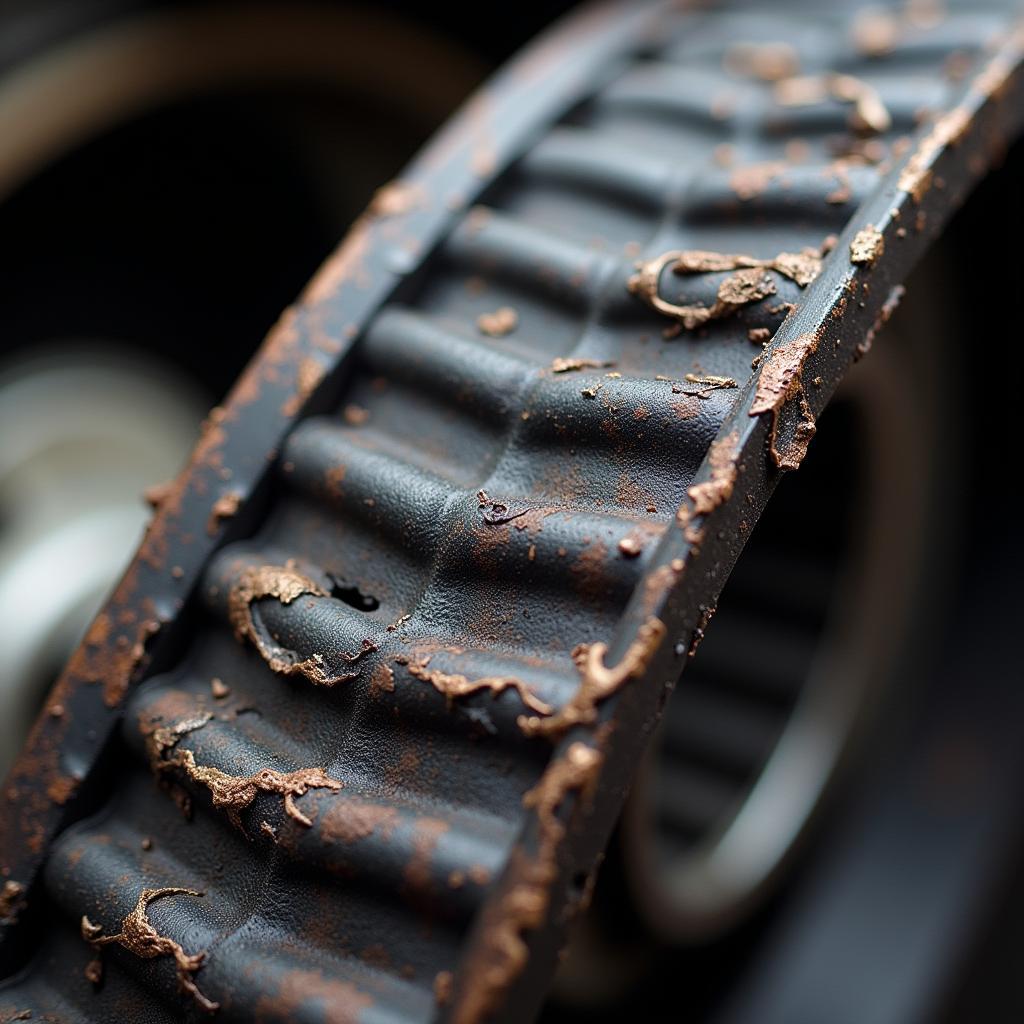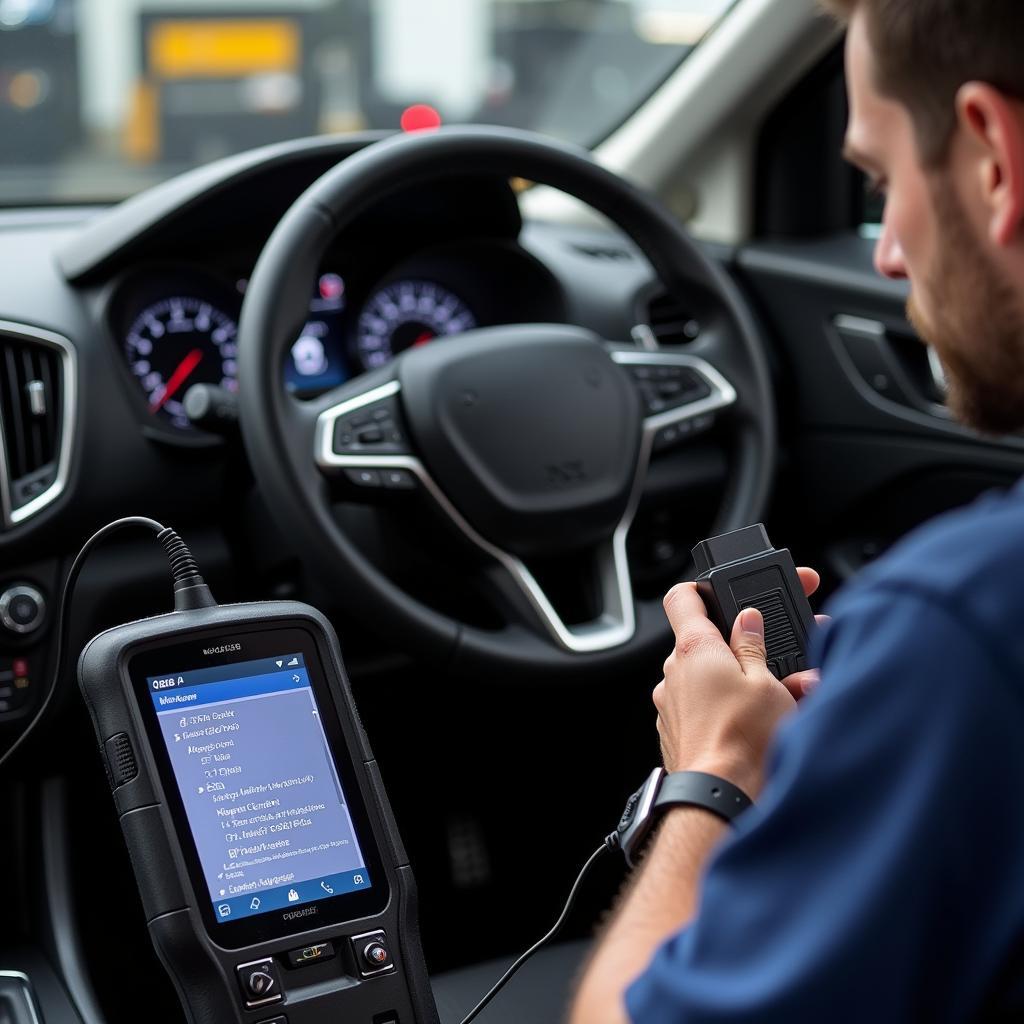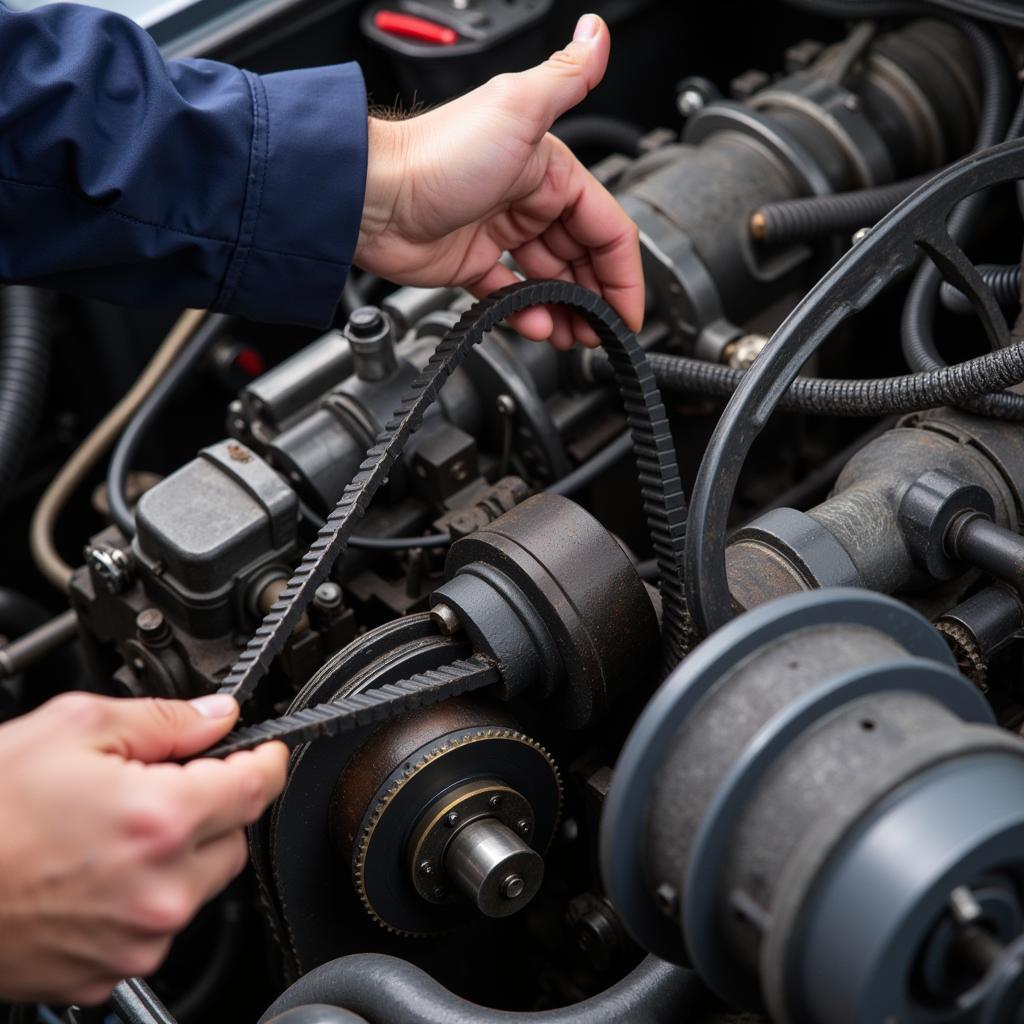A car’s timing is crucial for its smooth and efficient operation. When your timing is off, your engine won’t perform as it should, leading to various problems. This comprehensive guide will walk you through how to fix timing issues on your car, covering common causes, diagnostic steps, and repair procedures. Whether you’re a DIY enthusiast or a seasoned mechanic, this article is designed to equip you with the knowledge you need to tackle timing issues effectively.
A timing issue can manifest in a variety of ways, from a rough idle to a complete engine failure. Knowing the signs and how to diagnose the issue can save you time and money. If your car is exhibiting symptoms like decreased performance, poor fuel economy, or strange noises, it’s time to delve deeper into your car’s timing. See how to fix a timing issue on a car for more detail.
Understanding Car Timing
Car timing refers to the precise synchronization between the crankshaft and camshaft. The crankshaft controls the pistons’ up and down movement, while the camshaft controls the opening and closing of the engine valves. When these two components are not synchronized correctly, the engine’s combustion process is disrupted.
Common Causes of Timing Issues
Several factors can cause timing issues in a car:
-
Worn Timing Belt/Chain: The timing belt or chain is a crucial component that connects the crankshaft and camshaft. Over time, it can wear out, stretch, or even break, leading to timing issues.
-
Damaged Timing Gears: The timing gears, located on the crankshaft and camshaft, can become worn or damaged, affecting the timing synchronization.
-
Faulty Sensors: Sensors such as the crankshaft position sensor and camshaft position sensor play a vital role in determining the engine’s timing. If these sensors malfunction, they can send incorrect signals to the engine control unit (ECU), causing timing problems.
-
Jumped Timing Belt/Chain: A timing belt or chain can sometimes “jump” a tooth or several teeth on the gears, throwing off the timing. This can often happen due to a sudden shock or impact.
 Timing Belt Wear and Tear
Timing Belt Wear and Tear
Diagnosing Timing Issues
Diagnosing a timing issue requires careful observation and the use of appropriate tools. Here’s a step-by-step approach:
- Check for Warning Signs: Look for symptoms such as rough idling, misfiring, loss of power, and unusual engine noises.
- Inspect the Timing Belt/Chain: Visually inspect the timing belt or chain for signs of wear, damage, or looseness. Fixing car engine can require specialized tools and knowledge, so if you’re unsure, consult a professional.
- Use a Diagnostic Scanner: A diagnostic scanner can retrieve error codes related to timing issues from the ECU.
- Perform a Compression Test: A compression test measures the pressure in each cylinder, which can help identify timing-related problems.
- Check the Timing Marks: Align the timing marks on the crankshaft and camshaft to verify proper synchronization.
 Diagnostic Scanner Reading Error Codes
Diagnostic Scanner Reading Error Codes
Fixing How To Fix Timing Issue On Car
Fixing a timing issue typically involves replacing the timing belt/chain, tensioner, and any damaged gears. It’s a complex procedure that requires specialized tools and knowledge. For information on acceleration problems, visit how much to fix car acceleration problems.
“Accurate timing is paramount for optimal engine performance,” says John Smith, a seasoned automotive engineer with over 20 years of experience. “A slight misalignment can drastically affect fuel efficiency and power output.”
Timing Belt/Chain Replacement Procedure
- Disconnect the Battery: Disconnect the negative battery cable to prevent electrical shocks.
- Remove the Necessary Components: Remove any components that obstruct access to the timing belt/chain, such as the engine cover, belts, and pulleys.
- Align the Timing Marks: Carefully align the timing marks on the crankshaft and camshaft to ensure proper synchronization.
- Remove the Old Timing Belt/Chain: Remove the old timing belt/chain and tensioner.
- Install the New Timing Belt/Chain: Install the new timing belt/chain, tensioner, and any necessary gears, ensuring proper alignment of the timing marks.
- Reassemble the Components: Reinstall all removed components in reverse order.
- Reconnect the Battery: Reconnect the negative battery cable.
- Verify the Repair: Start the engine and check for proper operation.
“Regular maintenance, including timing belt/chain replacement at the recommended intervals, is crucial for preventing timing issues,” adds Jane Doe, a certified mechanic specializing in engine diagnostics and repair. “Don’t wait for problems to arise; proactive maintenance is always the best approach.” You can find information about fixing a rattling car lock at how to fix a rattling car lock.
 Mechanic Replacing Timing Belt
Mechanic Replacing Timing Belt
Conclusion
Understanding How To Fix Timing Issue On Car is crucial for maintaining its performance and longevity. Regular maintenance, including timely replacement of the timing belt/chain, can prevent costly repairs down the road. If you experience any timing-related issues, it’s best to consult a qualified mechanic or refer to the specific instructions for your car model. For questions and support, connect with us at AutoTipPro, +1 (641) 206-8880, 500 N St Mary’s St, San Antonio, TX 78205, United States. For information on a Ferrari timing belt, see car fix tv ferrari timing belt.




Leave a Reply